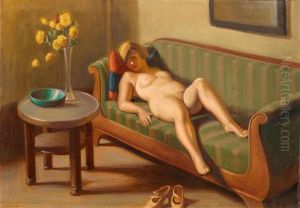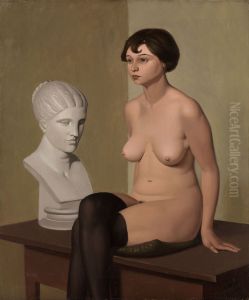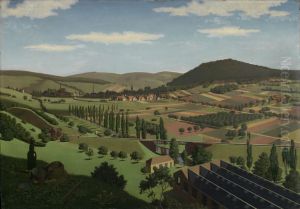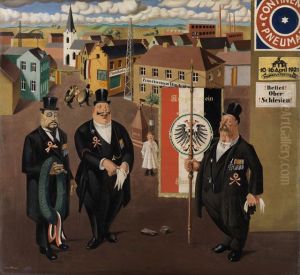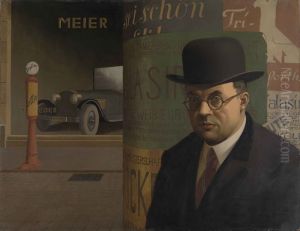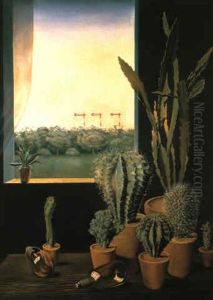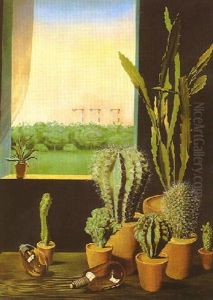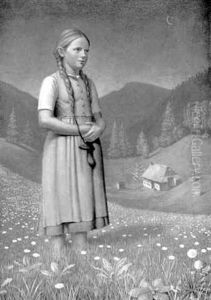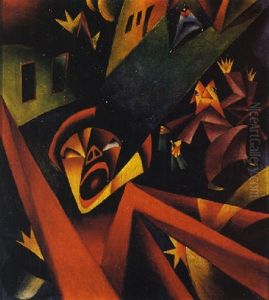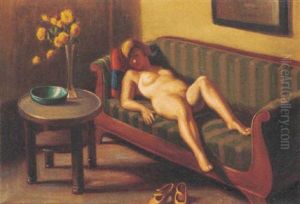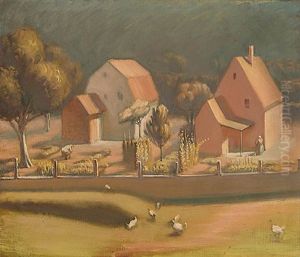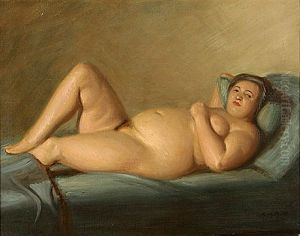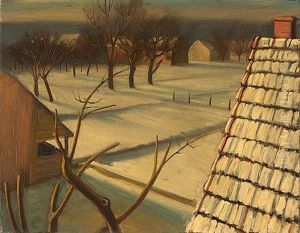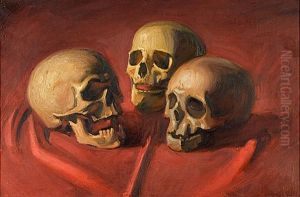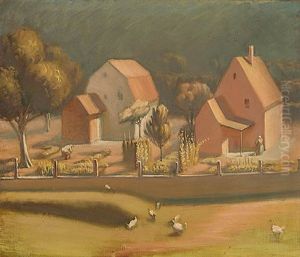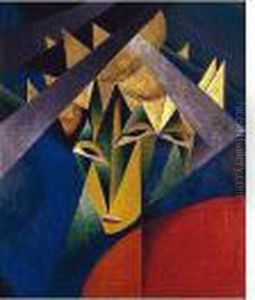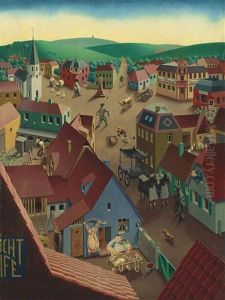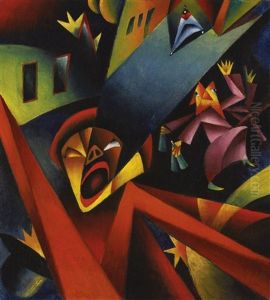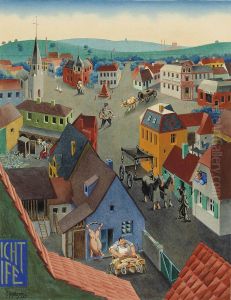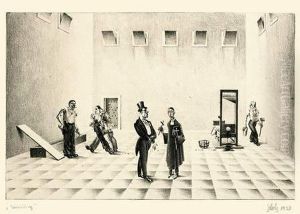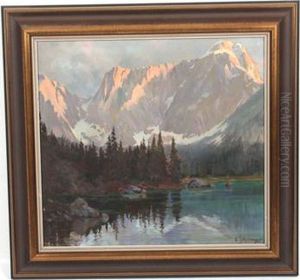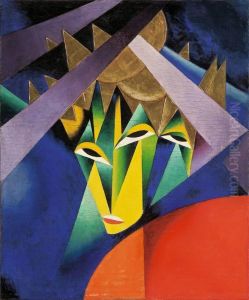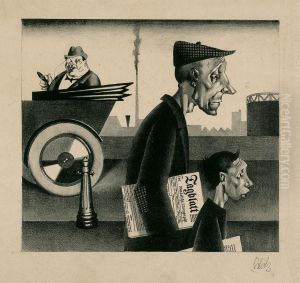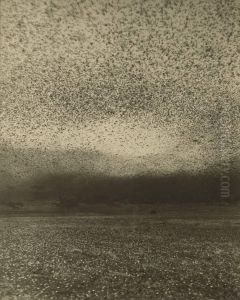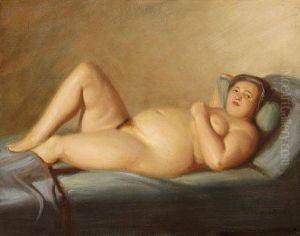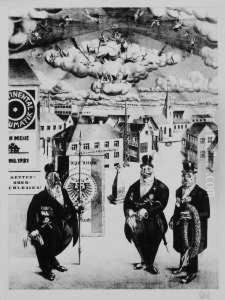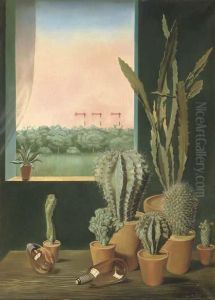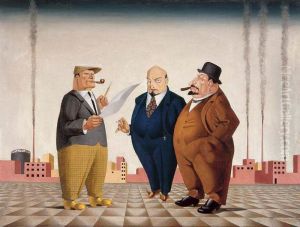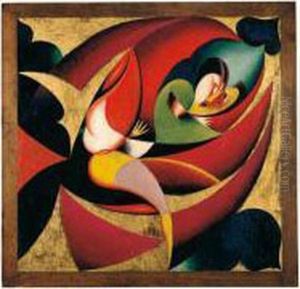Georg Scholz Paintings
Georg Scholz was a German artist known for his critical realism and political satires, particularly poignant during the Weimar Republic era. Born on October 10, 1890, in Wolfenbüttel, Germany, Scholz started his artistic journey at a young age, eventually studying at the Karlsruhe Academy of Fine Arts under Wilhelm Trübner and Hans Thoma, two prominent figures in German art at the time. His early work was influenced by Expressionism and the New Objectivity movement, a trend that emerged in Germany in the 1920s as a reaction against the abstract tendencies of Expressionism, focusing instead on detailed realism and social criticism.
During World War I, Scholz served in the German army, an experience that profoundly impacted his view of society and politics, themes that would later permeate his work. After the war, disillusioned by the devastation and the rise of militarism in Germany, Scholz's artwork began to reflect his critical stance towards the Weimar Republic's socio-political conditions. He became known for his incisive depictions of the bourgeoisie, military officials, and the clergy, often portraying them in a satirical manner that underscored their complicity in societal ills.
Scholz's most significant contribution to art history was his involvement with the New Objectivity movement, alongside other notable artists like Otto Dix and Max Beckmann. This movement sought to expose the contradictions and corruptions of society through a lens of biting realism. Scholz's paintings from this period, such as 'Industrial Farmers' and 'Small Town by Night,' showcase his keen observation and critique of the social and economic disparities of his time.
The rise of the Nazi regime in 1933 marked a dark period for Scholz, as his work was declared 'degenerate' by the government, leading to a ban from exhibiting and the eventual destruction of some of his pieces. Despite these challenges, he continued to work, albeit in a more subdued and less politically charged manner, focusing on landscapes and still lifes until his death in Waldkirch, Germany, on November 27, 1945.
Georg Scholz's legacy is that of a pivotal figure in the Weimar art scene, whose works serve as a critical commentary on the political and social upheaval of early 20th-century Germany. His art remains a testament to the power of visual satire and realism in challenging the status quo and advocating for social change.

